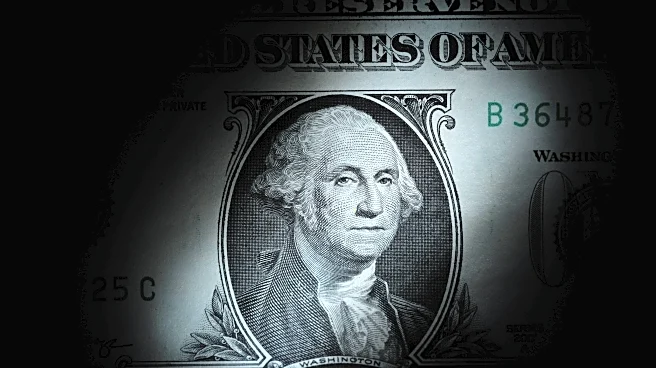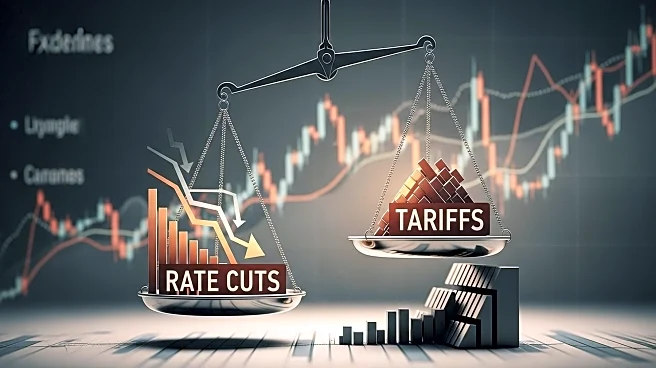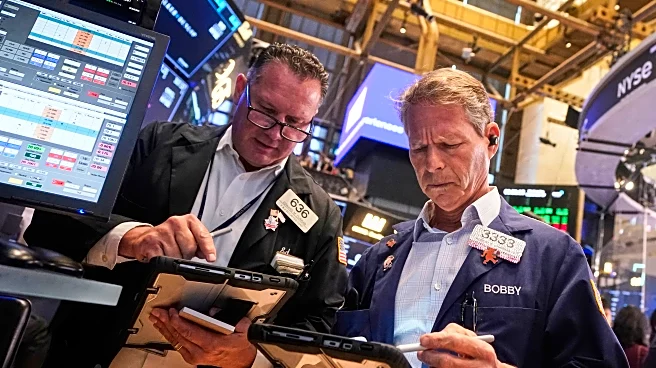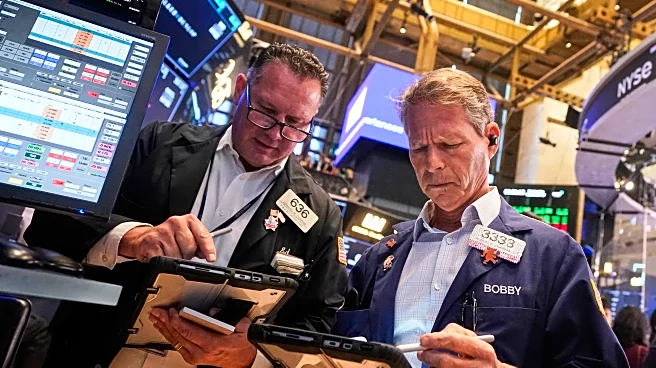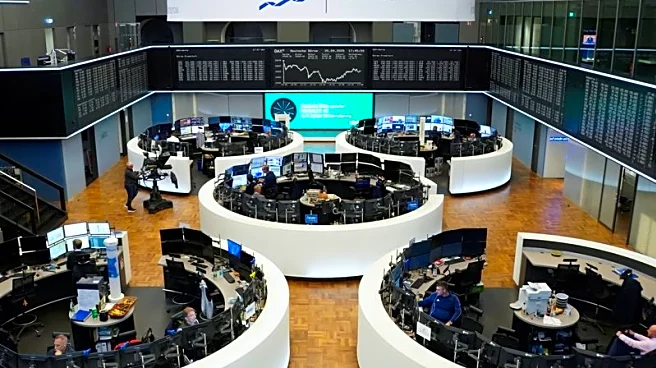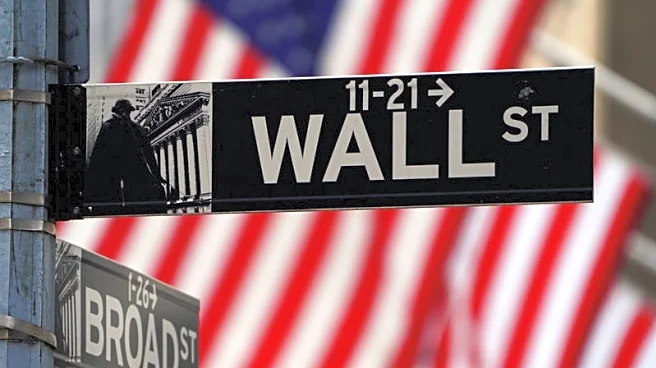What's Happening?
President Donald Trump has made several claims about the U.S. economy, including assertions of falling energy and grocery prices, lower mortgage rates, and defeated inflation. However, recent data presents a mixed picture. While the U.S. economy grew at a 3.8% pace in the second quarter, consumer confidence has declined, and inflation remains a concern. Energy and grocery prices have risen, and while mortgage rates have decreased slightly, they remain high for many Americans. Wage growth is relatively flat, and manufacturing jobs have declined.
Why It's Important?
The discrepancy between President Trump's economic claims and the actual data highlights the complexities of economic policy and communication. Accurate economic information is crucial for informed decision-making by policymakers, businesses, and consumers. The mixed economic signals underscore the challenges in achieving sustainable economic growth and addressing inflation. The impact of tariffs and other policy decisions on the economy remains a critical concern.
What's Next?
The ongoing economic developments will continue to influence public perception and policy decisions. The Federal Reserve's monetary policy and the administration's economic strategies will be closely monitored. Stakeholders will need to navigate these dynamics to address economic challenges and support growth.
Beyond the Headlines
The economic claims and data discrepancies raise questions about the role of communication in economic policy. The importance of transparency and accuracy in economic reporting is underscored, as it impacts public trust and policy effectiveness. The long-term implications of these dynamics on economic policy and public perception will be critical to watch.


